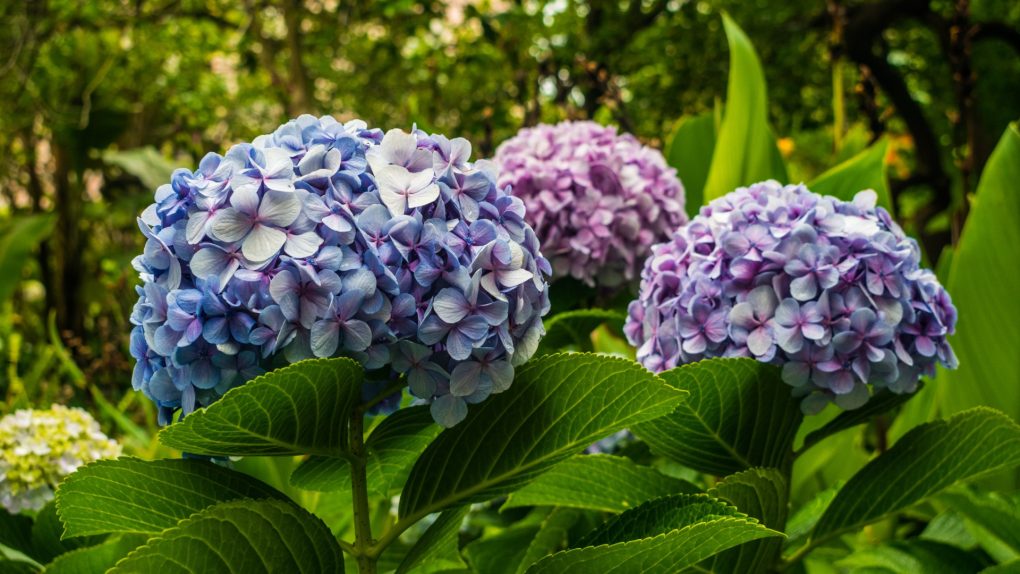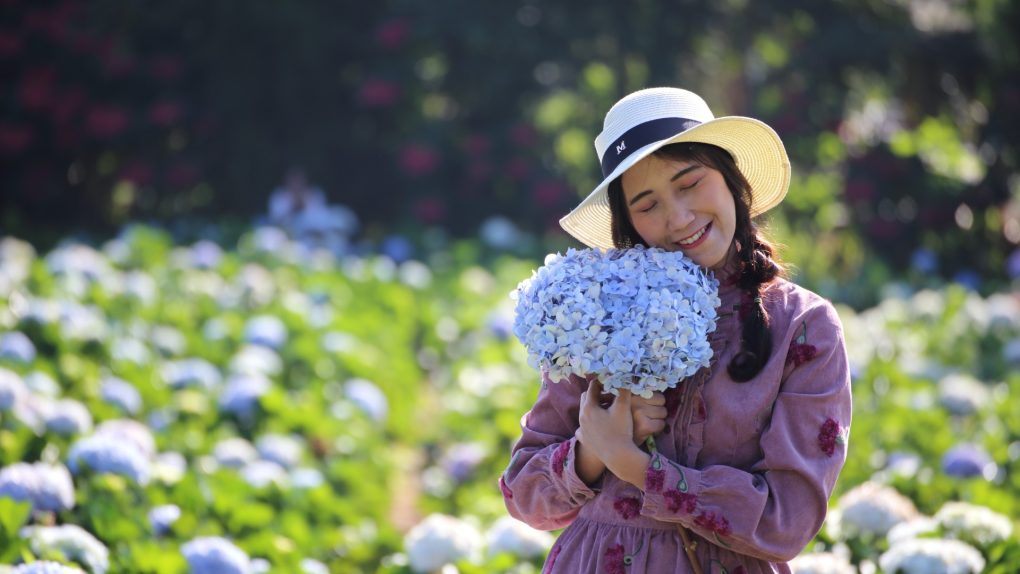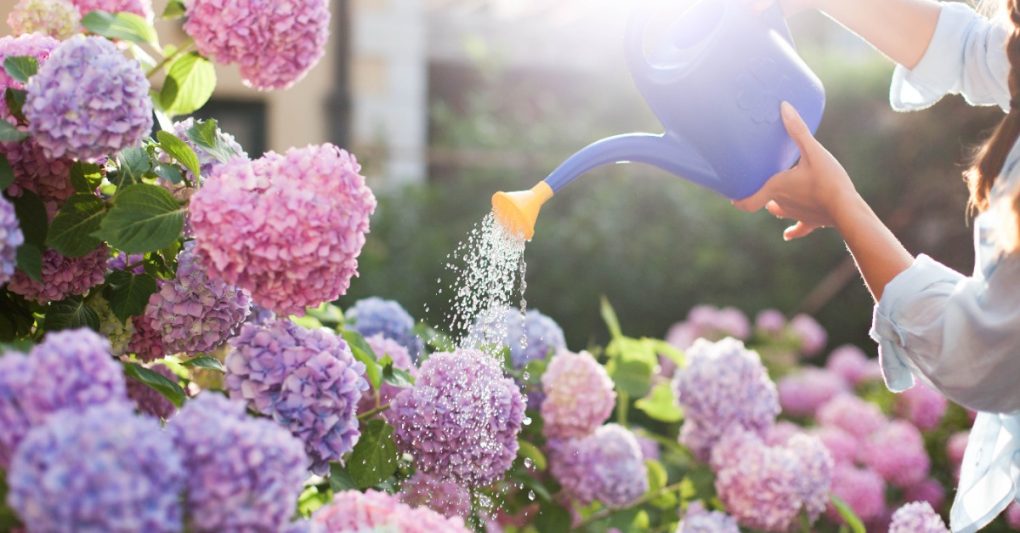Are Hydrangeas Deciduous? Exploring the Seasonal Nature of These Popular Flowers
Hydrangeas are a popular flowering shrub known for their attractive blooms and lush foliage. One common question that arises when it comes to hydrangeas is whether they are deciduous or evergreen. The answer to this question depends on the specific variety of hydrangea, as some are deciduous while others are evergreen.

Deciduous hydrangeas lose their leaves in the fall and remain leafless throughout the winter, while evergreen hydrangeas retain their leaves year-round. Some popular deciduous hydrangea varieties include the bigleaf hydrangea (Hydrangea macrophylla), smooth hydrangea (Hydrangea arborescens), and panicle hydrangea (Hydrangea paniculata). On the other hand, the oakleaf hydrangea (Hydrangea quercifolia) is an example of an evergreen hydrangea.
Table of Contents
List of Deciduous Hydrangeas
When it comes to hydrangeas, there are both deciduous and evergreen varieties. This section will focus on the deciduous hydrangeas, which shed their leaves during the winter months. These hydrangeas offer beautiful blooms in the summer and vibrant foliage in the fall.
Here is a list of popular deciduous hydrangeas:
- Oakleaf Hydrangea (Hydrangea quercifolia): This hydrangea variety is known for its large, oak-like leaves that turn a rich burgundy color in the fall. It produces cone-shaped white flowers that gradually fade to pink as they mature.
- PeeGee Hydrangea (Hydrangea paniculata ‘Grandiflora’): This vigorous and adaptable hydrangea with large, cone-shaped flower clusters that start white and gradually turn pink as they age. It can be pruned to maintain a tree-like shape.
- Smooth Hydrangea (Hydrangea arborescens): This hydrangea variety is native to North America and is valued for its large, round flower clusters that start green and turn white as they mature. It is a reliable bloomer and can tolerate various soil conditions.
- Bigleaf Hydrangea (Hydrangea macrophylla): This is one of the most popular hydrangea varieties, known for its large, mophead or lacecap flower clusters. The flower color can vary based on the soil pH, with pink blooms in alkaline soil and blue blooms in acidic soil.
- Climbing Hydrangea (Hydrangea anomala subsp. petiolaris): Unlike other hydrangeas, this variety is a vine and can climb walls, fences, or trees. In the summer, it produces large clusters of white flowers and has attractive peeling bark.
- Mountain Hydrangea (Hydrangea serrata): Similar to the bigleaf hydrangea, this variety offers beautiful mophead or lacecap flower clusters. It is more cold-hardy than the bigleaf hydrangea and can tolerate harsher climates.
These are just a few examples of deciduous hydrangeas available to gardeners. Each variety has unique characteristics and requirements, so choose the one that best suits your garden and climate.

Factors that Affect Deciduousness of Hydrangeas
Hydrangeas are deciduous shrubs, but the timing and duration of their leaf drop can vary depending on several factors. Understanding these factors can help you care for your hydrangeas and ensure they remain healthy and vibrant throughout the growing season.
Temperature
Temperature plays a significant role in the deciduousness of hydrangeas. As temperatures drop in the fall, the leaves of hydrangeas will change color and eventually drop off. However, the leaves may persist longer than usual if temperatures remain mild. Similarly, the leaves may drop off prematurely if temperatures drop suddenly or there is an early frost.
Light
The amount and duration of light that hydrangeas receive can also affect their deciduousness. Hydrangeas grown in shady areas may retain their leaves longer than those grown in full sun. Additionally, if exposed to prolonged periods of light, such as during a heatwave, hydrangeas may drop their leaves prematurely as a protective measure.
Water
Hydrangeas require regular watering to thrive, but overwatering can lead to leaf drop. If the soil around the plant is consistently wet, the roots may become saturated and unable to absorb nutrients, leading to stress and eventual leaf drop. Conversely, if the plant is not watered enough, the leaves may dry out and fall off prematurely.

Fertilizer
Fertilizer can also impact the deciduousness of hydrangeas. Too much fertilizer can cause the plant to produce excess foliage, which may lead to premature leaf drop. Conversely, insufficient fertilizer can result in nutrient deficiencies, which can cause the leaves to yellow and fall off.
How to Care for Deciduous Hydrangeas
Pruning
Deciduous hydrangeas require pruning to keep them healthy and promote new growth. The best time to prune is in late winter or early spring before new growth appears. Remove any dead or damaged branches, as well as any branches that are crossing or rubbing against each other. You can also prune to control the size and shape of the plant, but be careful not to remove too much growth, as this can reduce the number of blooms.

Watering
Deciduous hydrangeas need consistent moisture, especially during hot, dry weather. Water deeply once or twice a week, depending on the weather and soil conditions. Ensure the soil is moist but not waterlogged, as this can lead to root rot. Mulching around the base of the plant can help retain moisture in the soil.
Fertilizing
Deciduous hydrangeas benefit from regular fertilizing to promote healthy growth and abundant blooms. Use a balanced, slow-release fertilizer in early spring, following the package instructions for application rates. You can also add organic matter, such as compost or well-rotted manure, to the soil around the base of the plant to provide additional nutrients.
Winterizing
Deciduous hydrangeas are hardy plants, but they benefit from some winter protection in colder climates. After the first hard frost, mulch around the base of the plant with a layer of straw, leaves, or other organic material to insulate the roots and protect them from freezing. You can also wrap burlap around the plant to protect it from harsh winter winds.
